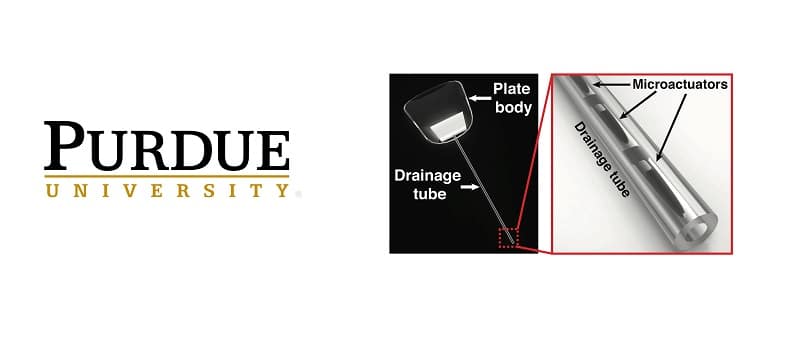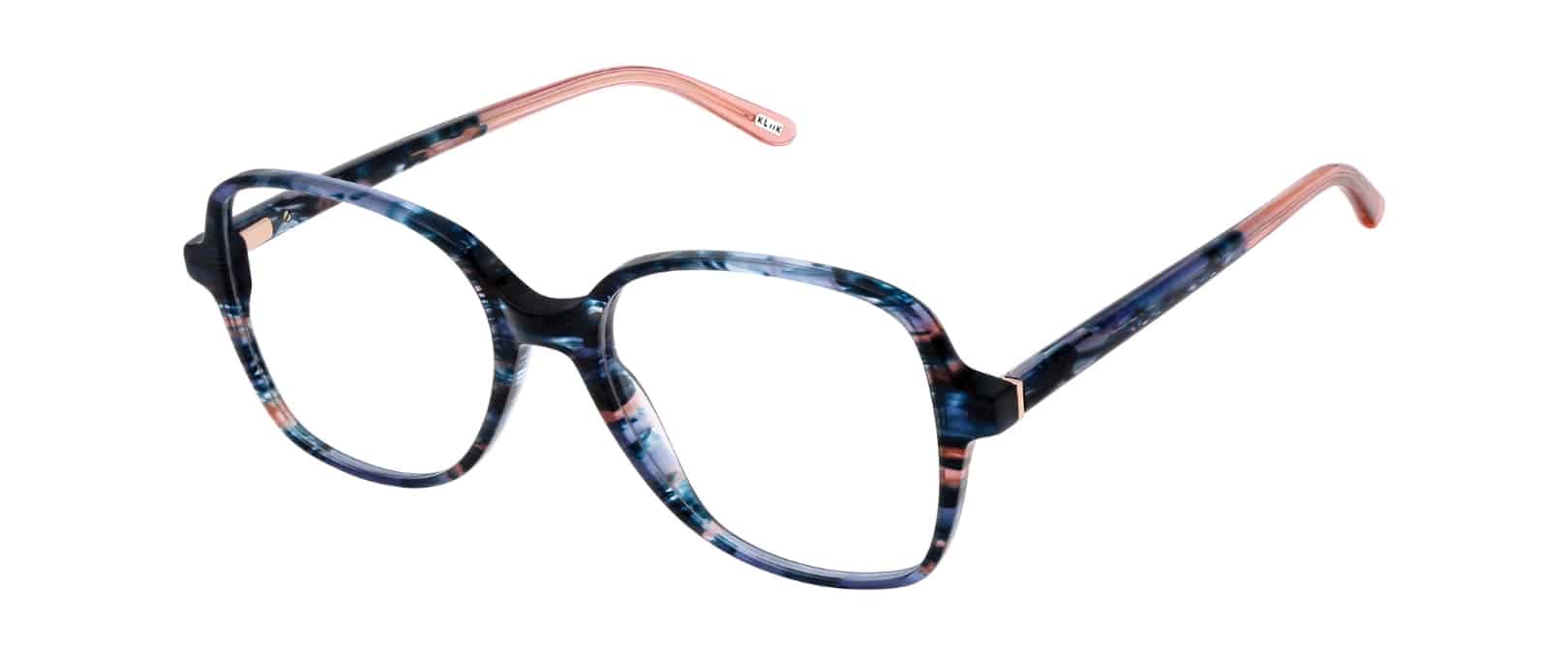New Glaucoma Drainage Device Shakes Contamination Loose
Wednesday, December 5 2018 | 16 h 40 min | Vision Science
Researchers at Purdue University have developed a new smart drainage device that can relieve pressure buildup in the eyes of glaucoma patients.
Traditional glaucoma shunts are prone to a buildup of microorganisms known as biofouling. Biofouling renders around half of glaucoma drainage implants inoperational within five years.
The device from Purdue contains microactuators, small machines that are able to vibrate when they sense a magnetic field. Several microactuators, each less than a mm in length and made of copper coated with titanium, are contained within the drainage device’s tube.
The vibrations from the microactuators can dislodge built up biological material and extend the working life of the device.
“We can introduce the magnetic field from outside the body at any time to essentially give the device a refresh,” said Hyowon Lee, the assistant professor of biomedical engineering at Purdue who led the research team. “Our on-demand technology allows for a more reliable, safe and effective implant for treating glaucoma.”
The research team included Simon John, a glaucoma research specialist at the Jackson Laboratory in Bar Harbor, Maine, who received his PhD in biology from McGill University.
The description of the smart, self-cleaning glaucoma drainage device was published in the November issue of Microsystems and Nanoengineering, a Nature journal.
They are currently working with the Purdue Office of Technology Commercialization to patent the technology and find a commercial partner for licensing.








